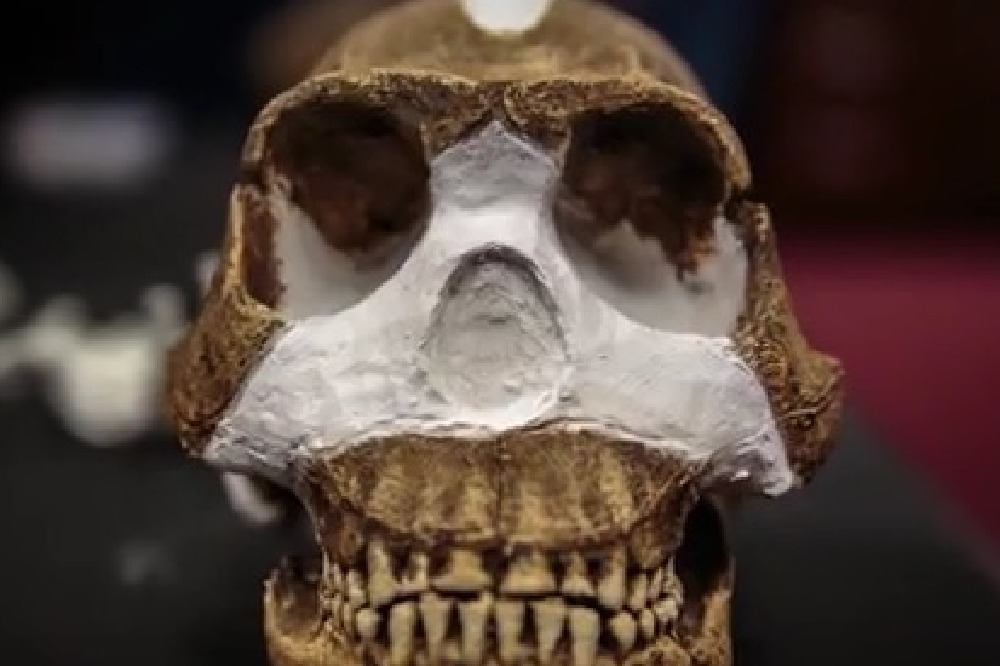Researchers have discovered 15 partial skeletons of a human-like species in a burial chamber of a cave system located in the Cradle of Humankind, South Africa. The discovery is unprecedented in Africa, the largest single discovery of its type, and will shed more light on how the first humans evolved.

Homo Naledi
The species has been named naledi and is classified in the same genus as modern humans, Homo.
"Overall, Homo naledi looks like one of the most primitive members of our genus, but it also has some surprisingly human-like features, enough to warrant placing it in the genus Homo," John Hawks of the University of Wisconsin-Madison, a senior author of the research published on Thursday, told CNN.
Homo naledi has a small brain, and a primitive pelvis and shoulders. However, the shape of the skull, size of the teeth, and the legs and feet are similar to our own. The scientist who led the team, Prof Lee Berger of the University of the Witwatersrand, told BBC News that he believed they could be among the first of our kind (genus Homo) and could have lived in Africa up to three million years ago.
The scientists believe that the isolated chamber in which the bones were discovered was a burial ground, which could suggest that naledi was capable of ritual behaviour and possibly symbolic thought.
"We have just encountered another species that perhaps thought about its own mortality, and went to great risk and effort to dispose of its dead in a deep, remote, chamber right behind us," said Prof Berger standing in front of the cave.
"It absolutely questions what makes us human. And I don't think we know anymore what does."
Tagged in South Africa

